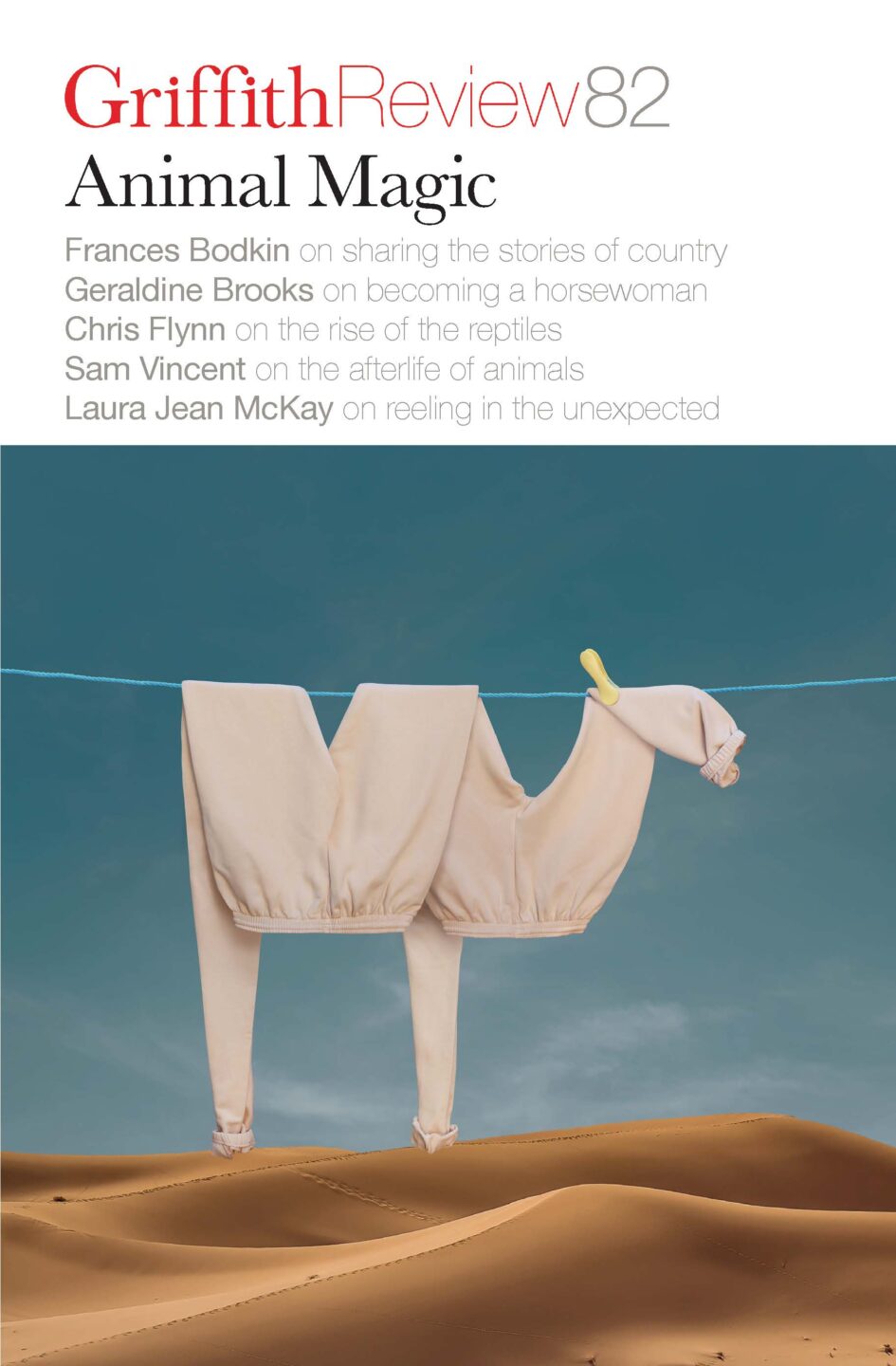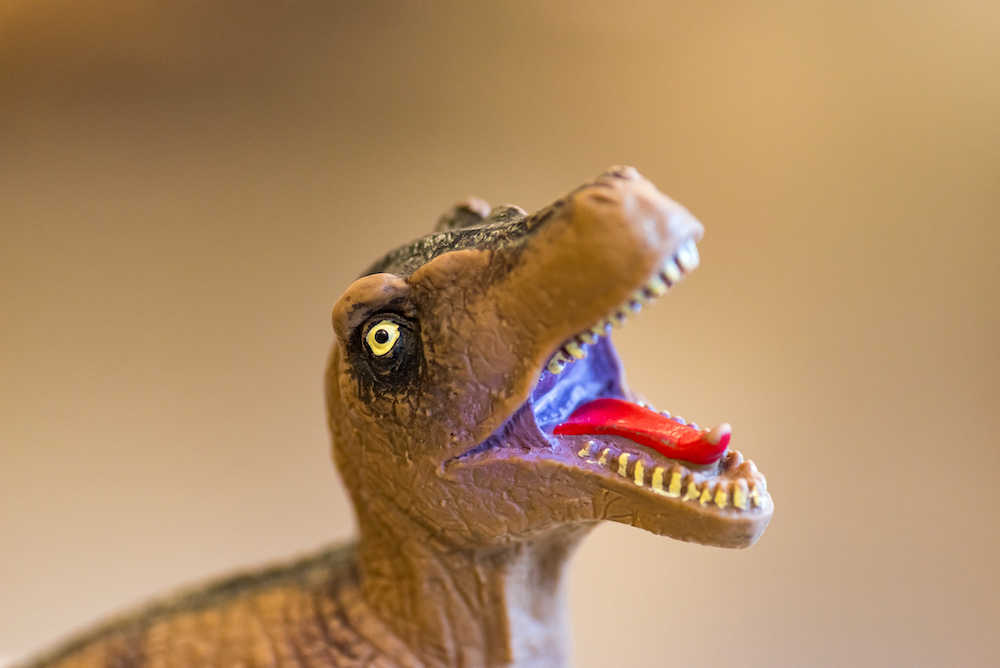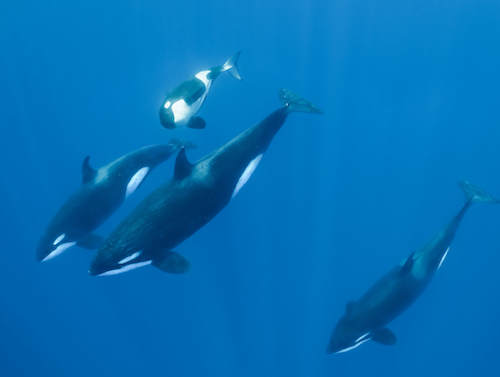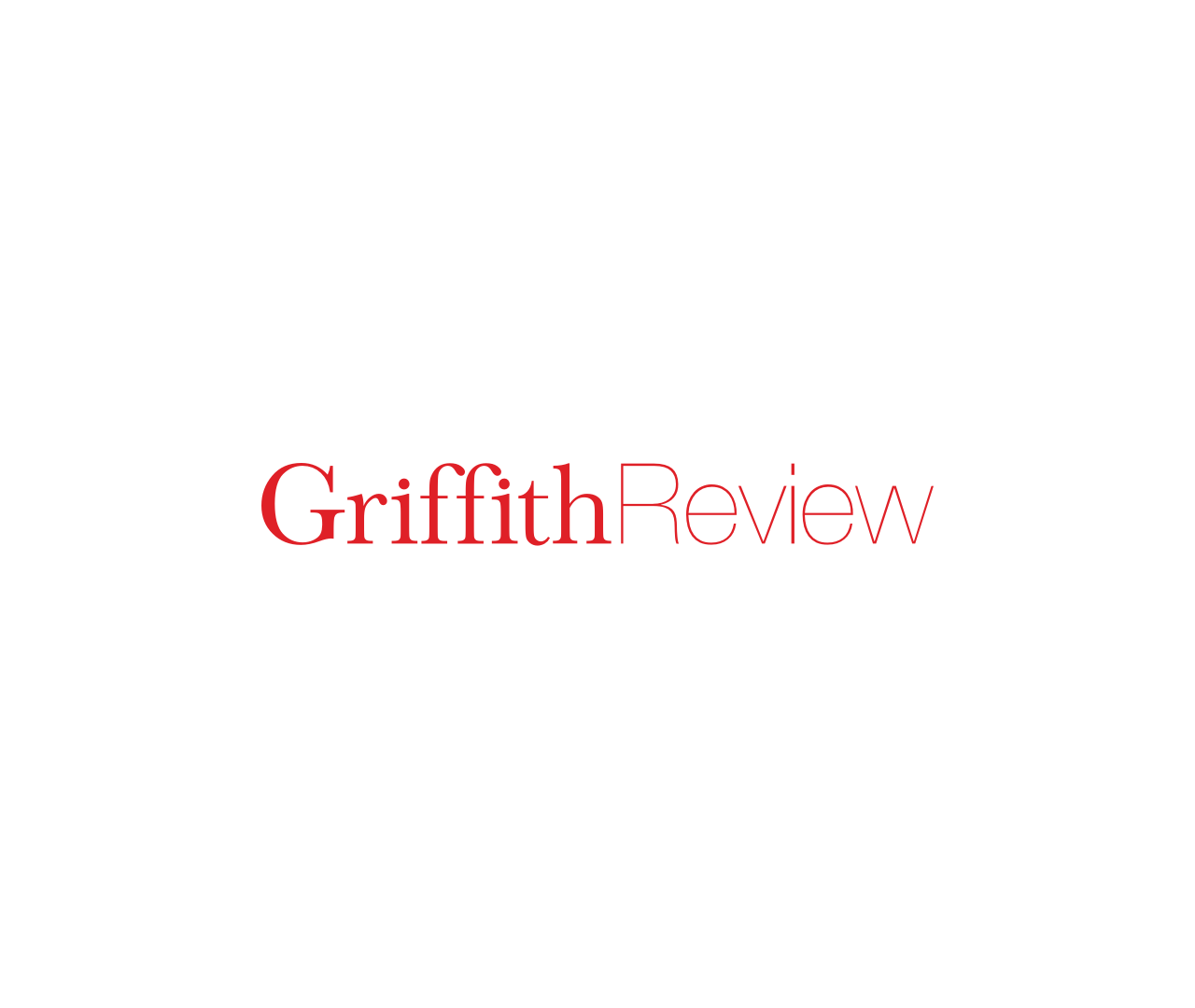Featured in

- Published 20231107
- ISBN: 978-1-922212-89-4
- Extent: 207pp
- Paperback, ePub, PDF, Kindle compatible


Already a subscriber? Sign in here
If you are an educator or student wishing to access content for study purposes please contact us at griffithreview@griffith.edu.au
Share article
More from author

The Orcanauts
The drylanders call me White Gladis, the devil fish of Gibraltar. Since the war began, my pod and I have sunk three of their vessels and damaged a hundred more. We have yet to devour any of the invaders, but we will. Only last week a foolish drylander tacked his yacht away from the coast to avoid our territory. Our sentries spotted him, alone upon the waves. I gripped the rudder of his boat between my teeth and forced him to change direction towards the calves. I have been training them in battle tactics. The human tried to wrench back control of his vessel. Knowing his puny hands were on the wheel, I tugged the rudder violently, causing him to lose his grip and stagger. He almost fell over the side.
Terrified, he collected himself and switched on the engine. This enraged me further. I commanded the first strike team of calves to ram the hull. Their snouts were unable to penetrate the fibreglass. Under full engine power and aided by the wind, the drylander fled towards the shallows. We let him go, singing to him of empires fallen, as a warning.
More from this edition

The animal in the walls
Non-fictionScrambling the scientific assumptions of the time, fungi and fungi-like organisms also gained new cultural and symbolic meanings. They began to sprout in the claustrophobic houses of gothic fiction and the swamps of horror; in the centre of the Earth and on the distant moons of science fiction; in utopian tracts, revolutionary and anti-revolutionary literature; and in the parasitic infections of the post-apocalyptic.

Taking the reins
Non-fictionThat’s when it started, I think. That evening at home I cantered on an imaginary horse along the lawn towards our back paddock, reciting over and over the lines I could remember. An unusual initiation, maybe, but it was ‘The Man from Snowy River’ that set a bespectacled, bookish ten-year-old on course to becoming a ‘horse girl’.

Help wanted
Poetry The opening said no training required; the slaughterer’s tasks are two: stun and slaughter. With a third parenthetical: Remove the organs and the waste as needed. Heifers all have name tags here:...